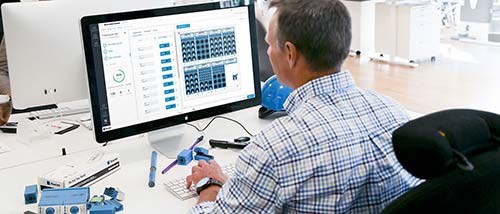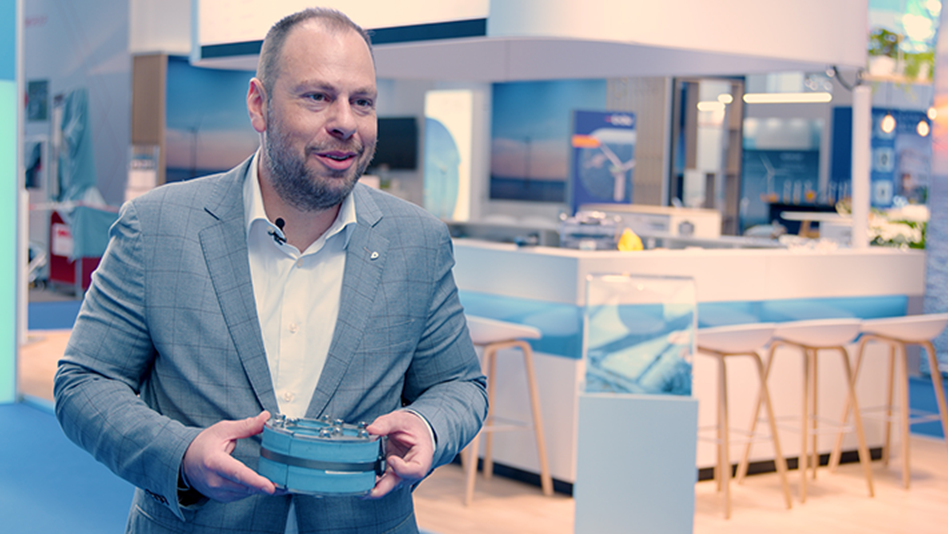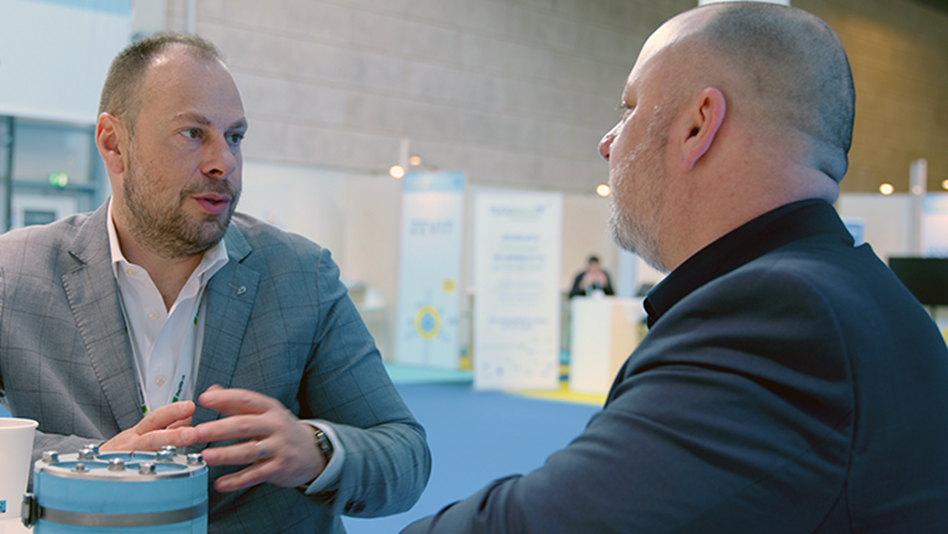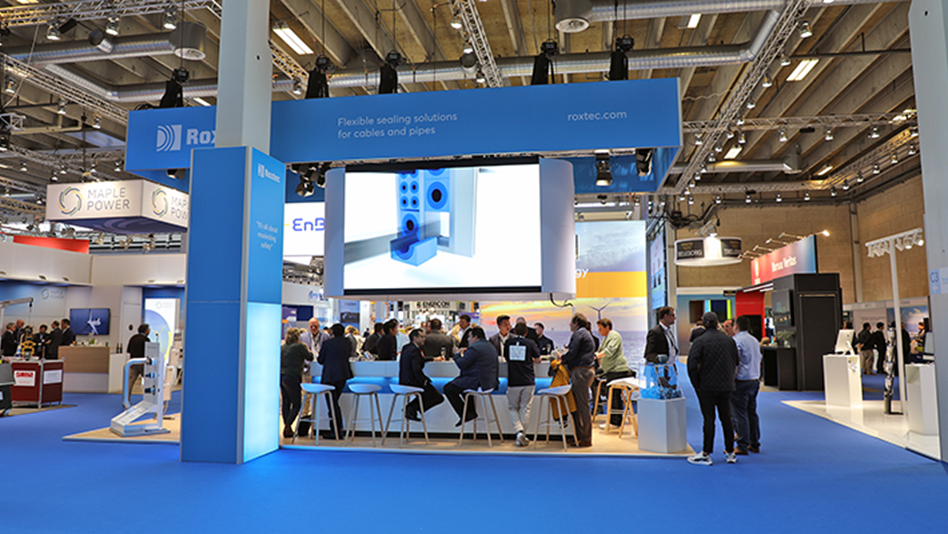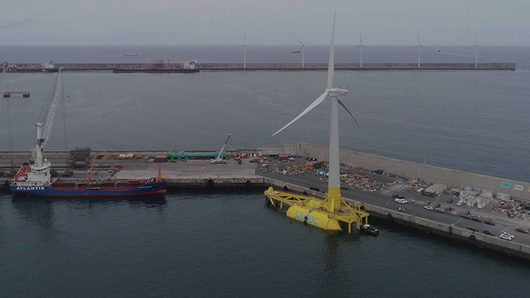In this interview, Ricardo Rocha, Technical Director Offshore Wind at global renewable energy company BayWa r.e., talks about the potential of floating wind power and the current challenges in the industry. The industry expert also underlines the need for sealing expertise.
How can floating wind power enable the energy transition?
I believe floating wind power is a crucial technology for the sustainable energy transition. It is the only solution available for certain regions, where the water depths are extremely deep and there’s not sufficient room. It solves a lot of constraints for onshore technologies to be deployed.
Can you describe its potential, for example, compared to offshore wind power with fixed foundations?
The technology for offshore wind power has advanced over several years and has evolved as a market. The technology is mature and there are several options available to the market, contrary to a “fixed bottom”. When the “fixed bottom” industry started, we had gravity-based foundations but later adopted fixed monopiles for foundations. From there, we moved on to jacket foundations.
Floating wind is relatively new and the technology used has been adapted and adjusted from the oil and gas industry. Therefore, quite a few prototype projects have already been implemented and have been operating for several years. The advantage of existing technology has allowed and given the floating wind power market a diverse technical portfolio, rather than the single “fixed bottom” application, which was cost and technologically driven.
As a result, according to Wood Mackenzie, we currently have 127 different floating foundations in a technology readiness position, which might make the transition a bit more challenging, rather than the one “fixed bottom” which we are used too, but who doesn’t love a challenge!
What are the main challenges and what can the industry do to overcome them?
I think that the major challenge is standardization and industrialization. There are several concepts, but less than a handful of projects in operation. I would say there are three technologies which can be considered mature. That constrains the options for developing, standardizing, and industrializing some of these concepts. We need to see what we have seen in the fixed bottom industry: the whole supply chain deriving from oil and gas adapting into a new industry and then use that knowledge and experience, with new ideas and an accelerated path and pipeline of projects, to somehow drive into the industrial stage where fixed bottom is today.
Are you familiar with Roxtec seals?
Yes, of course. I know that Roxtec plug-and-play solutions have been around for quite some time in the industry. They have been part of the industry, both in turbines and offshore substations. It’s a solution that allows us to have the flexibility in the design that we require for a fast and easy implementation offshore.
Is it possible to use the same cable and pipe seals in floating wind power as in fixed bottom wind farms?
I don’t see any reason why not, because the principal difference between fixed bottom and floating in terms of main cables, is the inter-array cable that is normally dynamic rather than static. But all the components – medium-voltage, high-voltage, low-voltage, communications, inside the floater – they shouldn’t differ. In my view, we can easily implement the solution in the floating wind design platform.
How can Roxtec help supporting the floating wind power industry. Is there a need for sealing expertise?
Of course, it’s critical that we keep our structures watertight where they must be watertight, especially sensitive components and high-voltage components due to safety reasons. Support at a very early stage, with the implementation of your plug-and-play solutions into the wind farm design, would be very helpful.
